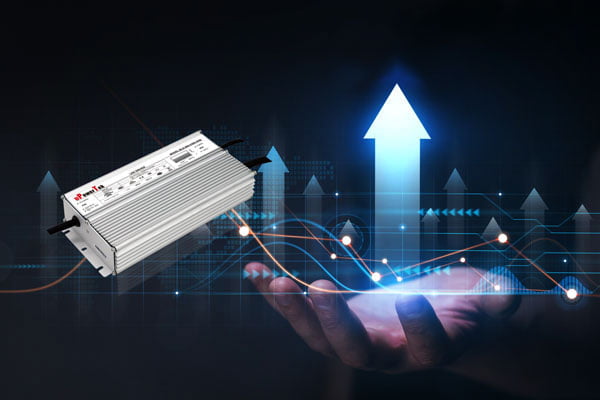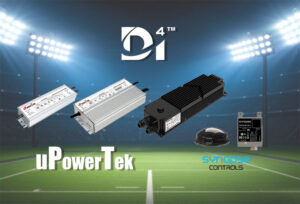As LED technology continues to advance, the need for high-power LED drivers has become increasingly important. High-power LED drivers are used to power LEDs that require higher levels of power, such as those used in industrial lighting, stadium lighting, and street lighting. Here are some of the latest trends in high-power LED driver development:
1.Dimming and control:
One of the most significant trends in high-power LED driver development is the integration of dimming and control features. Dimming features allow for the adjustment of the light level, providing greater control over the lighting environment. Control features allow for the integration of the LED driver with other lighting systems, such as building automation systems, to enable remote control and monitoring.

2.Wireless communication:
With the increasing demand for connected devices and smart lighting, the integration of wireless communication capabilities in high-power LED drivers has become a significant trend. Wireless communication allows for the control and monitoring of the LED driver from a remote location, enabling real-time adjustments and status updates.

3.Power density:
Another trend in high-power LED driver development is the improvement of power density. Power density refers to the amount of power that can be delivered per unit volume or weight. By improving power density, high-power LED drivers can deliver more power in a smaller form factor, reducing the size and weight of the driver and enabling more compact and efficient lighting systems.
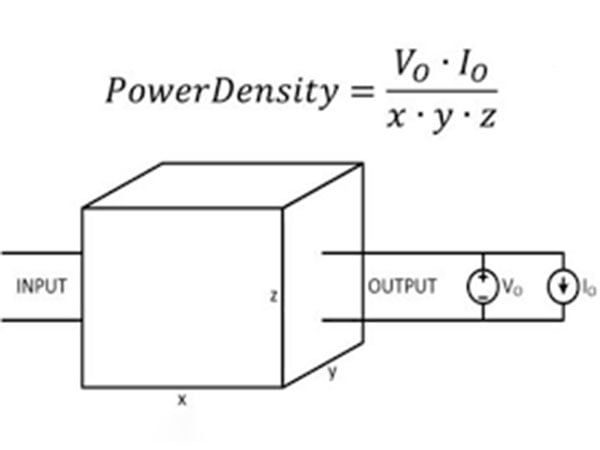
4.Efficiency:
Efficiency is a critical factor in high-power LED driver development, with a focus on reducing energy consumption and increasing the efficiency of the driver. The use of advanced topologies, such as LLC (inductor-capacitor-capacitor) and PFC (power factor correction), has enabled significant improvements in driver efficiency, leading to reduced power consumption and lower operating costs.
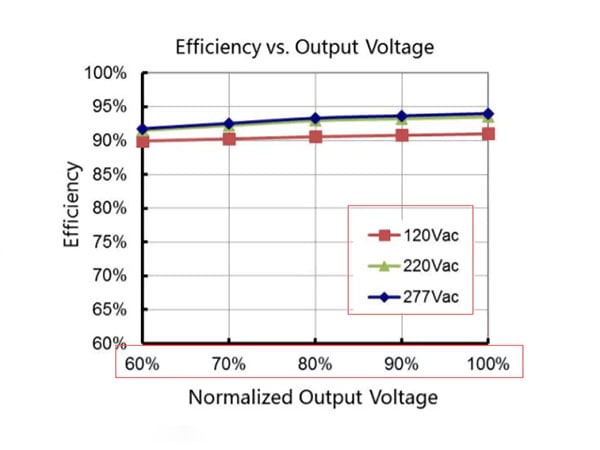
5.Thermal management:
With higher power levels comes the need for better thermal management in high-power LED drivers. Thermal management is necessary to maintain the driver’s temperature within acceptable limits, ensuring the long-term reliability and performance of the LED driver. Advances in thermal management, such as the use of advanced materials and designs, have improved the reliability of high-power LED drivers, reducing the risk of failure and increasing the lifespan of the driver.
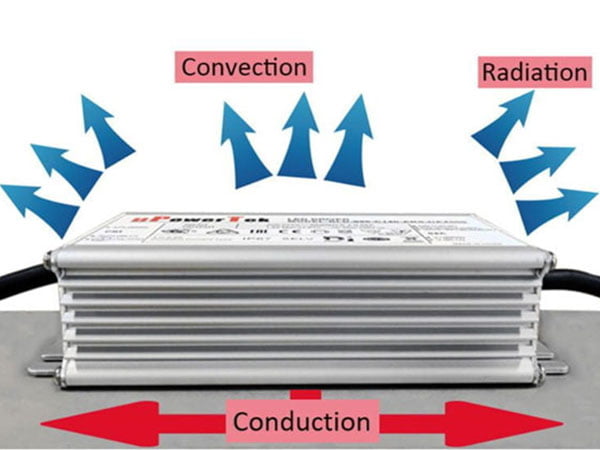
6.Safety features:
Safety is a critical concern in high-power LED driver development, with the need to protect against overvoltage, overcurrent, and short circuits. Advances in driver technology have enabled the incorporation of safety features, such as surge protection and thermal protection, ensuring the safe and reliable operation of the LED driver.
7.Compatibility:
High-power LED drivers need to be compatible with a wide range of LED lighting systems. Compatibility with various lighting systems, including those using different LED technologies, such as COB (chip-on-board) and SMD (surface-mounted device), is a crucial trend in high-power LED driver development. Improvements in compatibility enable greater flexibility and choice in LED lighting systems, providing more options for designers and users.
In conclusion, the development of high-power LED drivers is driven by a growing demand for efficient and reliable lighting systems that require high levels of power. The latest trends in high-power LED driver development, including dimming and control, wireless communication, power density, efficiency, thermal management, safety features, and compatibility, have led to significant advancements in LED driver technology. These trends have enabled the development of more efficient, flexible, and reliable lighting systems that meet the demands of a wide range of applications. As LED technology continues to advance, we can expect to see further innovations in high-power LED driver development in the future.

